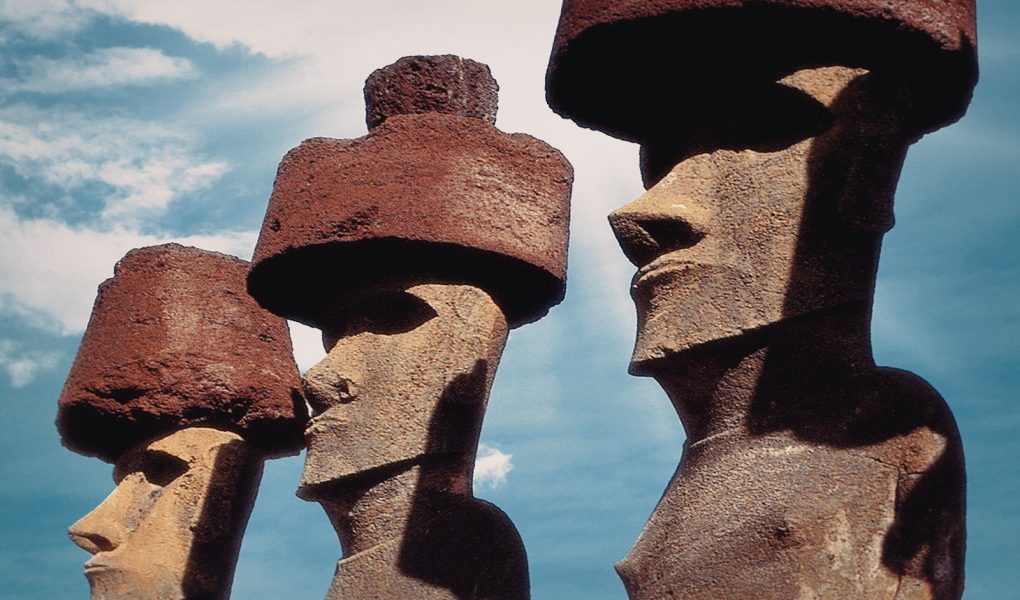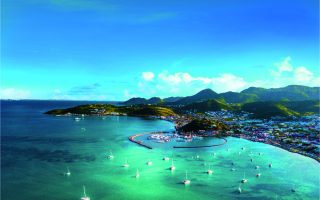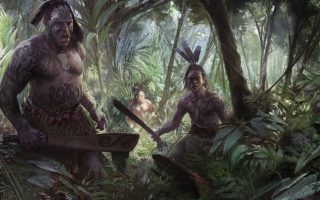kickstand-project.org – Easter Island, known as Rapa Nui, is a remote island in the southeastern Pacific Ocean, famous for its monumental stone statues and unique architectural structures. The island’s art and architecture are a testament to the ingenuity and cultural richness of the Rapa Nui people, who developed a distinct artistic and architectural tradition over centuries.
The Monolithic Moai Statues
The most iconic and recognizable art form on Easter Island are the monolithic moai statues. These massive stone figures, carved from volcanic rock, are believed to represent deceased ancestors and were erected as a form of worship and remembrance. The moai statues vary in size, with the largest reaching heights of over 30 feet and weighing more than 80 tons. The creation and transportation of these statues required significant engineering and organizational skills, reflecting the advanced capabilities of the Rapa Nui civilization.
Ritual Architecture: The Ahu Platforms
The moai statues were typically placed on large stone platforms called ahu. These platforms served as ceremonial centers and were often aligned with astronomical events, indicating the Rapa Nui people’s sophisticated understanding of celestial movements. The ahu platforms were constructed using large basalt stones and were often adorned with carvings and other decorative elements, showcasing the Rapa Nui’s architectural prowess.
Hare Paenga: Canoe-Shaped Houses
In addition to the monumental structures, the Rapa Nui also developed unique residential architecture. The hare paenga, or canoe-shaped houses, were semi-subterranean dwellings designed to withstand the island’s harsh weather conditions. These houses were built with a curved roof resembling the hull of a canoe, providing both stability and protection. The design of the hare paenga reflects the Rapa Nui’s deep connection to the sea and their practical approach to architecture.
Other Artistic Forms
While the stone statues and platforms are the most famous, the Rapa Nui also produced a variety of other artistic forms. These include wood carvings, bark cloth (tapa), and intricate petroglyphs. These art forms, often less durable than stone, provide insight into the daily life, beliefs, and artistic expressions of the Rapa Nui people. The use of wood and bark cloth in art demonstrates the islanders’ resourcefulness and their ability to create beauty from the materials available to them.
Conclusion
The art and architecture of Easter Island are a remarkable blend of cultural expression, engineering skill, and spiritual significance. From the towering moai statues to the intricate ahu platforms and the practical yet elegant hare paenga, the Rapa Nui people left behind a legacy that continues to captivate and inspire. Their creations stand as a testament to human creativity and the enduring power of cultural heritage.




